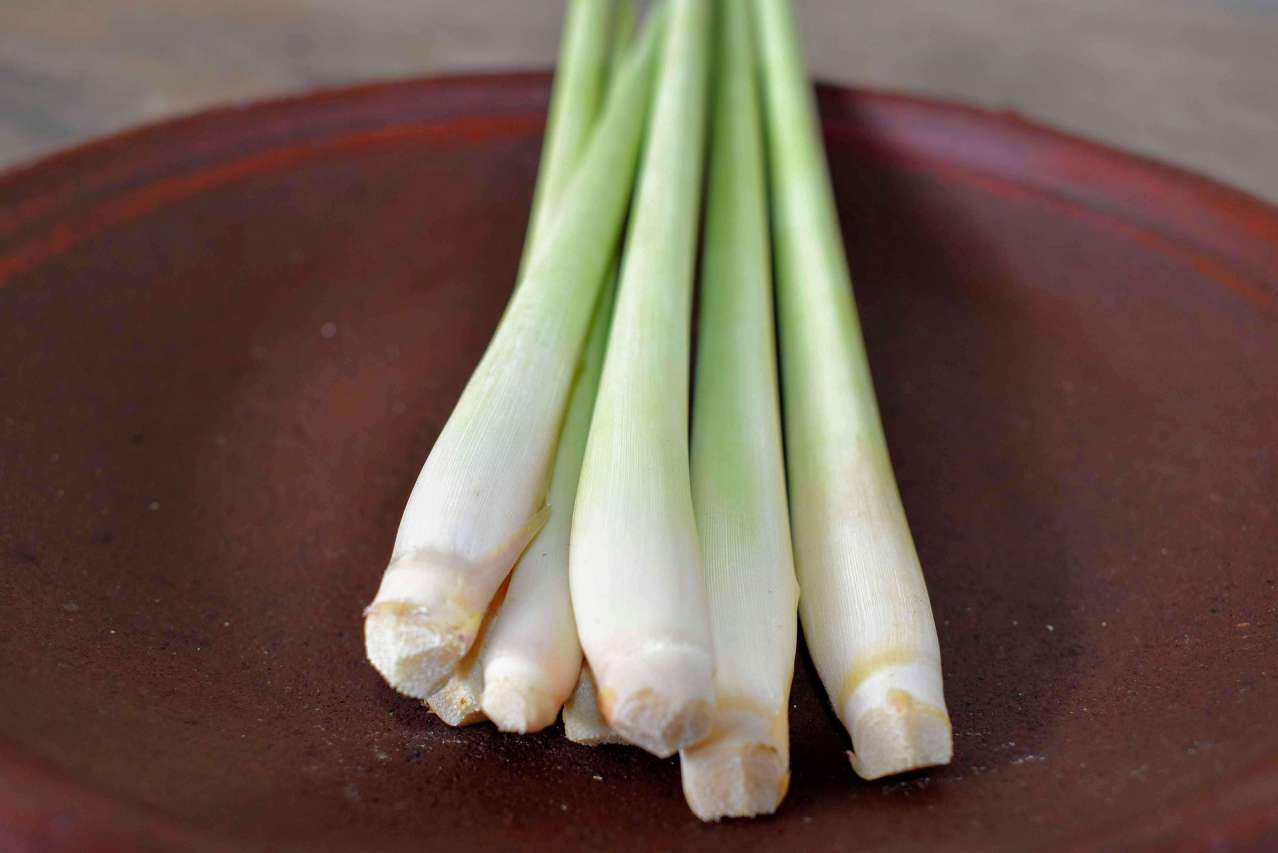Sharp, fresh, bitter-candy citrus aroma with light notes of almond, citrus taste.
A unique spice is lemongrass, which is very popular in Asian cuisine, added to soups, sauces, curries, and marinades.
What are the benefits of lemongrass
Thanks to the essential oils contained in it, lemongrass allows you to get rid of cramps, lowers blood pressure, lowers fever, soothes cramps, anesthetizes, has an anti-inflammatory effect, reduces nausea, stomach pain and diarrhea, soothes coughs, as well as nervousness and anxiety.
Lemongrass has antispasmodic, anti-inflammatory, and tonic effects.
The product is useful for heartburn and bloating, varicose veins.

How to eat lemongrass
Lemongrass is popular in Thai, Indian, Vietnamese, and Chinese cuisine.
The stems are added to the famous tom yum soup.
The seasoning perfectly complements soups, meat and fish dishes, sauces, and goes well with seafood.
Pieces of meat are threaded onto the stems and cooked.
Dried lemongrass is used to season curries and other rice and bean dishes, as well as sauces, soups, fish, chicken, and stews.
In Africa, tea is made from this herb.
In Indian, Thai, and Vietnamese cuisine, lemongrass is considered a universal seasoning and is used in different combinations.
How and how much to store
Separate the green leaves from the stem.
Place in a bag and store in the refrigerator separately from other foods.
Lemongrass can be frozen and stored for several months.
Some of the aroma will be lost over time, but it will still retain its properties and will be easier to cut.









